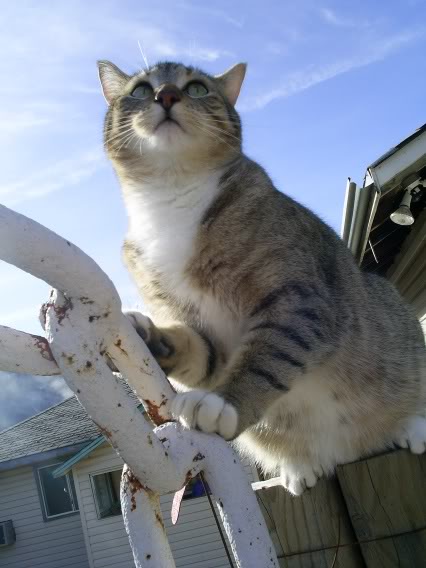Singapore, 12 July 2010 � It's a full house, as far as the breeding season goes, at the Jurong Bird Park, with successful hatchings by four different species of birds, one of which is highly endangered. The park, which is the world's largest bird park and one of four wildlife attractions by Wildlife Reserves Singapore (WRS), the others being Night Safari, Singapore Zoo and the upcoming River Safari, recently hatched four red-fronted macaws, a great pied hornbill, an oriental pied hornbill and a black hornbill. The hatchings are part of an on-going award-winning breeding programme at the park, which is dedicated to the conservation of avian species.
"We are thrilled to welcome a nest-full of chicks into the park. The last hatching for the red-fronted macaw was 10 years ago. This time round, we had the rare occasion of having four eggs in one clutch, and we have successfully hatched all four eggs, which is quite an achievement," said Mr Raja Segran, General Curator, Jurong Bird Park. "To add to the joy, we also welcomed three hornbill chicks, which greatly aid our ex-situ conservation efforts for these enigmatic species. Our award-winning breeding programme is a clear demonstration of our role and capabilities in the preservation of avian biodiversity."
Thered-fonted macaw is a highly endangered parrot species native to the mountainous area of south-centralBolivia.They are captured for the illegal pet trade and coupled with rapid habitat destruction, there are only a few hundred of them left in the wild.
Breeding season for the hornbills takes place annually from November to May the following year. Visitors to the Bird Park during this time may be able to catch a glimpse of the sealed-in nestbox, which typically signifies that the female hornbill and her eggs are in there. A narrow slit is left for the male hornbill to feed the female and eventually the chicks, until the female and chicks break out of the sealed-in nestbox. Thegreat pied hornbill is the heaviest Asian hornbill and is notoriously difficult to breed in captivity, due to their extreme selectivity for mates, as well as the long and strong pair bonds they form. It is listed as a threatened species because of hunting and habitat loss. The oriental pied hornbill was last sighted in Singapore more than 150 years ago, but it was only recently that they were once again sighted in 1994. They are the only truly wild hornbills found here. Theblack hornbill is a common species of hornbill found in various parts of Asia, such as Brunei Darussalam, Indonesia, Malaysia, Singapore and Thailand.
A recipient of many firsts, the Bird Park was the first globally to successfully breed the black hornbill in captivity in 1995. The Bird Park was also the first in the world to breed the Twelve-wired Bird of Paradise in captivity and received the Breeders' Award from the American Pheasant and Waterfowl Society in 2001. They were also a recipient of the Conservation & Research Award for Oriental Pied Hornbill Conservation Project by IV International Symposium on Breeding Birds in Captivity in 2006.

 Weekend Retreat Tips - 15 Common Vacation Disability Benefits You Can Remain!
Points of interest. russian trips are good methods for those
Weekend Retreat Tips - 15 Common Vacation Disability Benefits You Can Remain!
Points of interest. russian trips are good methods for those
 Notes For Your Vacation Rental Pet Policy
Sometimes the blues could very well set in and after a vac
Notes For Your Vacation Rental Pet Policy
Sometimes the blues could very well set in and after a vac
 The Language Makes For An Great Vacation Hire?
1 more unique vacation home business that is to be had durin
The Language Makes For An Great Vacation Hire?
1 more unique vacation home business that is to be had durin
 Why Wetlands Are An Critical Aspect Of Eco
Pets are usual areas of peoples lives it isnt really at all
Why Wetlands Are An Critical Aspect Of Eco
Pets are usual areas of peoples lives it isnt really at all